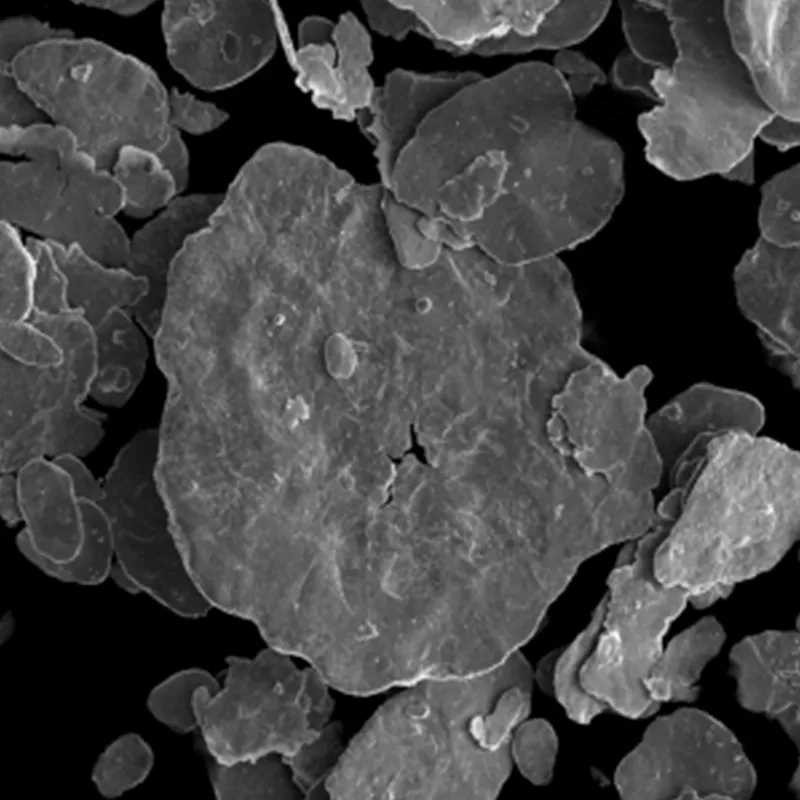


Effects of Lawn Pesticides on Environment and Human Health Safety Concerns
The Impact of Lawn Pesticides A Double-Edged Sword
Lawn care is an essential aspect of home ownership and aesthetics, often contributing to the overall appeal of neighborhoods. However, the use of lawn pesticides has become a contentious topic in recent years. While these chemicals are designed to protect our precious green spaces from pests, weeds, and diseases, their potential risks to human health and the environment cannot be overlooked. This article delves into the effects of lawn pesticides and considers both their benefits and drawbacks.
Pesticides are chemical substances used to kill, repel, or control pests that threaten lawns, gardens, or crops. They come in various forms, including herbicides, insecticides, and fungicides. Homeowners often resort to these chemicals in an effort to maintain a pristine lawn, free from invasive species and insects that could damage the grass or landscape. On the surface, the benefits of these products can be considerable a vibrant, healthy lawn enhances property value, provides a recreational space for families, and improves the overall appearance of a community.
However, beneath this glossy exterior lies a complex web of environmental and health concerns. Numerous studies have indicated that many common lawn pesticides contain ingredients that may pose risks to both humans and wildlife. For instance, glyphosate, an active ingredient in many herbicides, has been linked to potential carcinogenic effects. Prolonged exposure to such chemicals, either through skin contact or inhalation, raises serious health alarms, especially for children and pets who may spend significant time outdoors.
Moreover, the ecological ramifications of pesticide use are profound. The routine application of these chemicals can lead to a decline in biodiversity. Beneficial insects, such as bees and butterflies, often suffer from pesticide exposure, which can lead to population decline and even threats to their survival. This loss not only affects pollination and the ecosystem but also has long-term consequences for food production.
lawn pesticides

The runoff from treated lawns can also contaminate local waterways, leading to harmful algal blooms and killing aquatic life. These adverse environmental effects challenge the notion that maintaining an attractive lawn is inherently beneficial. Therefore, it is crucial to weigh these dangers against the pursuit of a lush, green lawn.
To mitigate the risks associated with lawn pesticides, homeowners can adopt more sustainable practices. Integrated Pest Management (IPM) emphasizes the use of biological controls and preventive measures over chemical treatments. It encourages the use of native plants, which are more resistant to local pests, and advocates for healthier soil practices, like composting, to naturally deter unwanted organisms.
Additionally, physical barriers, such as row covers or insect nets, can protect vulnerable plants without resorting to toxic chemicals. Organic pesticides, often considered a safer alternative, are derived from natural sources and can effectively manage pests without the same level of risk associated with synthetic products.
Educating oneself about pesticide application, safety, and alternatives is imperative for responsible lawn care. Many local extension services and gardening organizations provide resources to help homeowners make informed decisions about their lawn maintenance.
In conclusion, while lawn pesticides can offer immediate benefits in terms of aesthetics and pest control, their long-term implications for health and the environment warrant careful consideration. By adopting sustainable practices and exploring natural alternatives, homeowners can create beautiful, healthy lawns that contribute positively to both their surroundings and their communities. Balancing the desire for a perfect lawn with our responsibility to protect the planet is essential in paving the way for a greener, safer future.
-
Uncover the Benefits of Sodium ChlorateNewsJun.24,2025
-
Sodium for Sale: Your Essential ResourceNewsJun.24,2025
-
Raw Materials in Chemical IndustryNewsJun.24,2025
-
Potassium Hydroxide: Versatile Solutions for Your NeedsNewsJun.24,2025
-
Organic Pesticides and Chemical Raw Materials: Building a Sustainable FutureNewsJun.24,2025
-
Discover Premium Chlorine Tablets TodayNewsJun.24,2025
-
Zinc for Sale: Your Essential ResourceNewsJun.04,2025


















